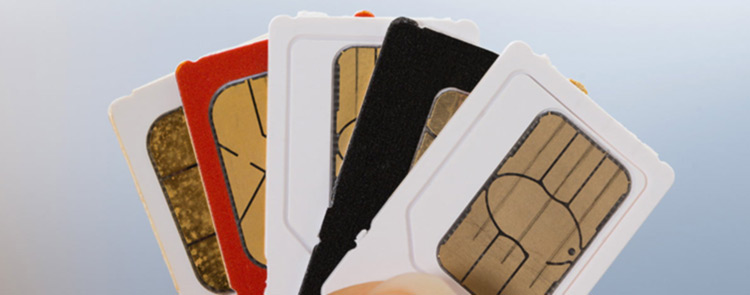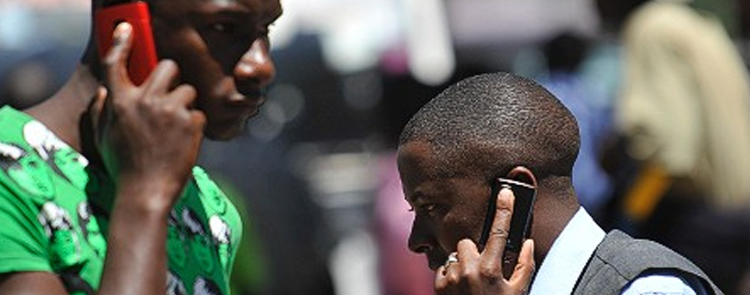Fibre-optic technology forms the backbone of modern telecommunications in Nigeria enabling fast internet, clear voice calls, and reliable digital services. It involves the use of thin strands of glass or plastic (optical fibres) to transmit data. Unlike traditional copper cables, fibre provides extremely high bandwidth, faster data transmission, and low latency (fewer delays in file transfers). This makes it very useful for carrying out businesses, education, banking, healthcare operations, and other human endeavours
What is a Fibre Cut?
A fibre cut refers to a physical break, bend, or severe damage in optic fibre cables that interrupts the transmission of data. Since fibre optic networks are extremely sensitive, even small disruptions can cause complete service outages. Depending on the severity and location, a single fibre cut can impact a few users, entire neighborhoods, or even large regions.
What Causes Fibre Cuts?
Fibre cuts can happen due to several reasons, both accidental and intentional. Some of the most common causes include:
- Construction Activities: Excavation, road works, drilling, and trenching are the leading causes of accidental fibre damage. A single strike from heavy equipment can sever underground fibre cables.
- Animal Damage: Rodents sometimes chew on fibre cables, especially if they are not properly armored or buried deep enough in the ground.
- Weather and Natural Disasters: Floods, landslides, earthquakes, storms, and intense winds can damage aerial or underground fibre.
- Vandalism and Theft: While many fibre cuts are accidental, some unfortunately happen on purpose. This involves destroying cables or stealing cables to sell them in the black market, which disrupts internet service for everyone.
- Aging Infrastructure: Older fibre deployments that were not properly maintained may degrade or break over time.
- Accidental Human Errors: Mistakes during maintenance, relocation, replacing, or repairing of cables can lead to fibre damage.
How Does a Fibre Cut Affect You?
When a fibre cable is damaged, the impact on users can be significant:
- Service Outages: Consumers may lose access to internet, phone, and TV services entirely until repairs are completed.
- Reduced Speeds: If the network reroutes traffic through backup paths, users may experience slower speeds while browsing.
- Business Downtime: Enterprises relying on fibre for cloud services, video conferencing, or financial transactions can face operational and financial losses.
- Mobile Network Degradation: Since mobile towers depend to a large extent on fibre backhaul, a fibre cut can lead to poor call quality, dropped calls, and slower mobile data speeds.
- Consumer Dissatisfaction: Prolonged or repeated cuts damage trust in Service Providers, leading to frustration and churn.
To reduce these challenges, the Nigerian Communications Commission (NCC) and Industry Stakeholders are working together to protect fibre infrastructure. This includes raising public awareness, collaborating with state governments, and treating fibre as Critical National Information Infrastructure (CNII) that must be safeguarded.





